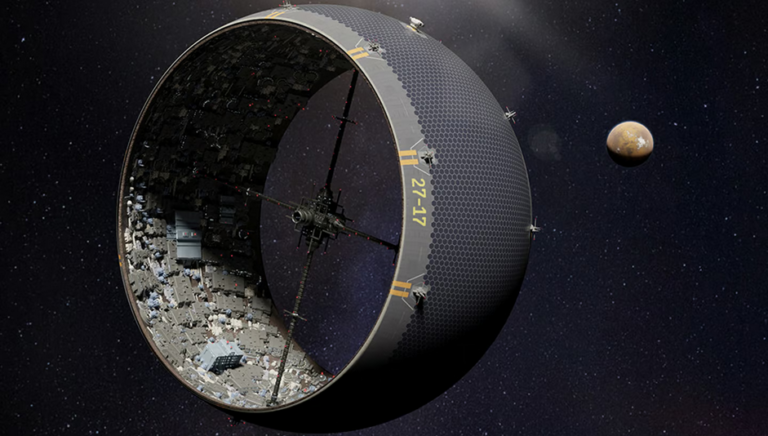Some folk baked a lot of bread during lockdowns. Others assembled a team of scientists and figured out a practical way to turn asteroids into space habitats, by spinning them inside out and creating giant rotating, Manhattan-sized city-rings.
In the latter group are a team of University of Rochester scientists, who turned their attentions to a “wildly theoretical” paper now published in the journal Frontiers in Astronomy and Space. The challenge they set themselves: how to create a city-sized space habitat people could live on permanently, without the massive expense and challenge of launching all the materials into space from Earth.
“Ukraine is not an ally”, says Croatian President Milanovic who rejected training Ukrainian troops
Asteroids represent big piles of materials, decided the team: “all those flying mountains whirling around the sun might provide a faster, cheaper, and more effective path to space cities,” says co-author and Professor of Physics and Astronomy Adam Frank. The trouble is, they’re nowhere near big enough to provide a useful amount of gravity. That’s a big deal; extended periods in zero- or low-gravity cause a range of health issues in astronauts, so the team decided on a minimum of 0.3g – a third or so less than you’d get living on Mars.
Read more: New Atlas
Ask me anything
Explore related questions





